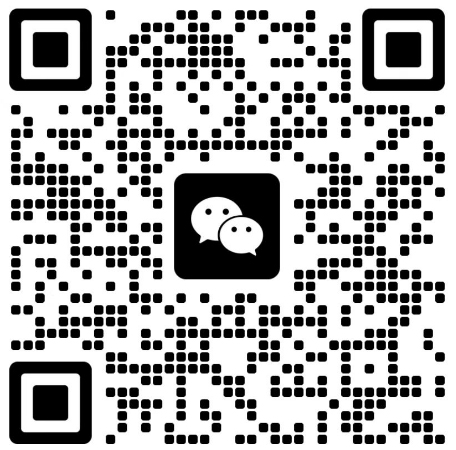Differential drivers and receivers are electronic circuits that transmit and receive differential signals. Differential signals are composed of two complementary signals that have equal amplitudes and opposite polarities. Differential signaling is commonly used in high-speed communication systems, such as USB, Ethernet, and LVDS.
Principles of Operation: Differential drivers and receivers operate by comparing the voltage difference between two complementary signals. The receiver detects the difference between the signals and amplifies it to recover the original signal. Differential signaling provides several advantages over single-ended signaling, including noise immunity, lower electromagnetic interference, and higher data rates.
Types of Differential Drivers: There are several types of differential drivers, including current-mode drivers and voltage-mode drivers. Current-mode drivers use a differential pair to drive the output, while voltage-mode drivers use a single-ended input and a differential output.
Types of Differential Receivers: There are several types of differential receivers, including single-ended receivers, differential receivers, and adaptive equalizers. Single-ended receivers are used to receive signals with respect to a common

